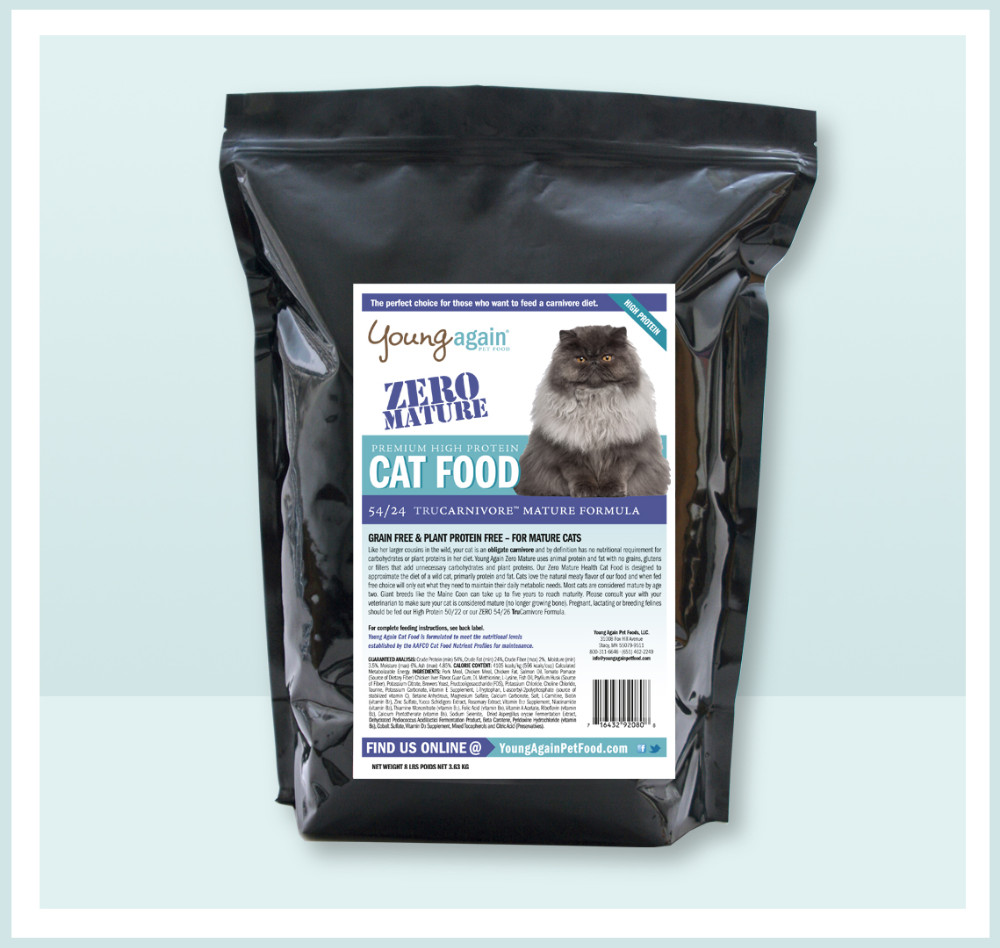I would body score your cat. If you google body scoring of cats you will find some good charts to go by. Then monitor him for a while and determine if he is putting on muscle or body fat. The first place fat deposits on a cat is the belly section. It is normal for many cats to gain muscle the first couple of months on our foods. Body scoring will show you the difference.
Do you have at least 2 bowls of food out? Is each bowl of food (a water bowl should always accompany each food bowl) in a different room? Are the rooms you have put the food in rooms that you don’t spend much time in? Kitchens are bad choices for food bowls for a cat that is an overeater. You spend time in the kitchen preparing food and eating and your cat will go there to be social and may feel the need to eat with you, even if they are not hungry. Do you give treats to your cats during the day? When you give a treat to a cat, that can eat whenever they want, you are encouraging them to eat when they are not hungry. Giving treats is another form of affection and your cat may learn that food, eating and affection are synonyms.
Observe your cat when they are active. Is there an action that triggers them to go to the food bowl? A stray cat/animal that comes into your yard can trigger a cat to overeat. Aggression or competition from another cat can likewise cause overeating. By watching your cat closely you will often learn new things about your cat and why they do what they do.
We would not be too concerned about the weight gain unless it continues or the cat gains more than 10% body fat over the next weeks to a month. It is more likely your cat is growing muscle. It is normal for the average cat on our food to have 2-4 urine balls per 24 hours. Size can vary from golf ball size for an 8 pound cat to tennis ball size for a large breed cat. If you see more urination with our food (within these parameters) then that is a good thing and means your cat is well hydrated and less likely to develop crystals or stones.
If Ollie is gaining fat weight you will likely have to go to a restricted feeding schedule. If you decide to go to a restricted feeding program, you will have to do it for the diabetic cat as well. Diabetics will also do well on 3 times a day feeding schedule.
